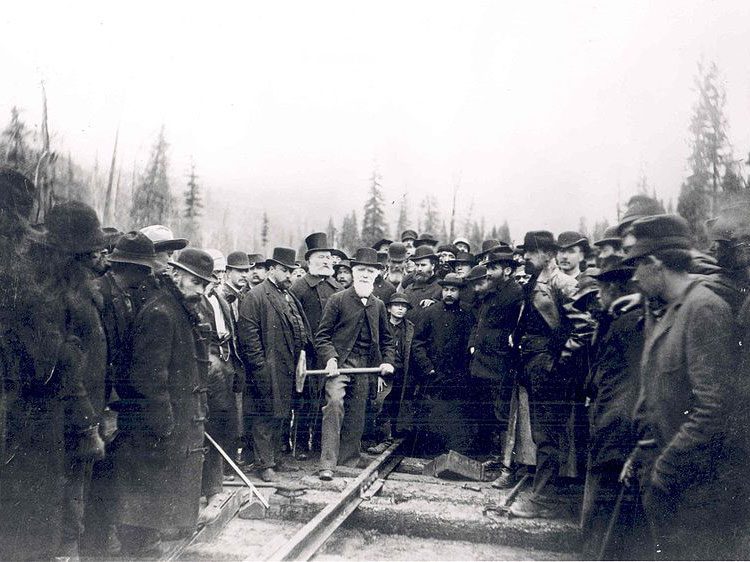
The Last Spike
With just one spike, a nation was united. On the morning of November 7, 1885, the Canadian Pacific Railway was completed: a massive, continent-spanning project that was four years in the making, and packed with enough calamities to fill whole history books. Built from both ends, the tracks were finally joined with the Last Spike at Craigellachie (pronounced “Cray-GAL-ick-ee”), British Columbia.
Travel with luxury train Rocky Mountaineer on its “First Passage to the West” route and you’ll not only have a perfect photo opp of the famous spot (marked by a small railway museum and historical plaques), but you’ll learn rail history from onboard Hosts throughout the journey.
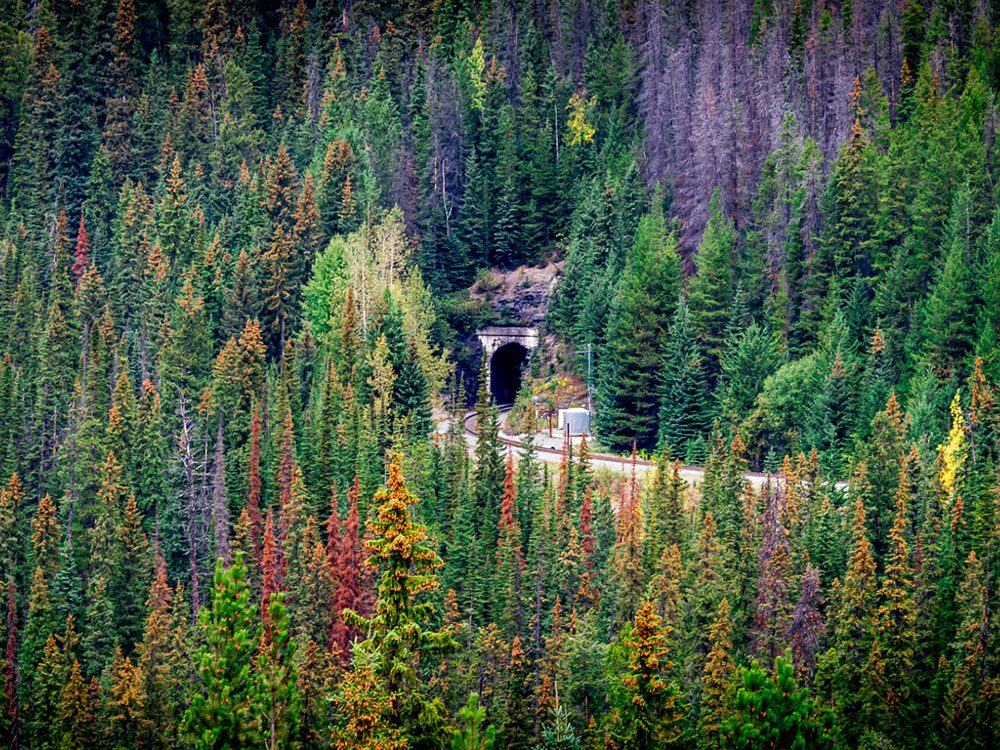
The Spiral Tunnels
Forming a seemingly impenetrable wall, the Canadian Rockies presented a quandary for those building the Canadian Pacific Railway. The early solution, employed at Kicking Horse Pass, was to lay track on a steep grade with multiple spurs. This approach was eventually abandoned in favour of the engineering marvel known as the Spiral Tunnels. Built in 1909 inside Mount Ogden and Cathedral Mountain, these two big loops—both nearly a kilometre in length—take trains through the hearts of the mountains, crossing twice under the Trans-Canada Highway and emerging safely above, or below, the pass.
You’ll have the opportunity to travel through these historical wonders onboard Rocky Mountaineer’s “First Passage to the West” route connecting Banff/Lake Louise and Vancouver. (In fact, it’s the only regularly scheduled passenger train that still traverses these engineering marvels, and the views when you come through them are truly remarkable.)
Here are more historical landmarks every Canadian should visit.
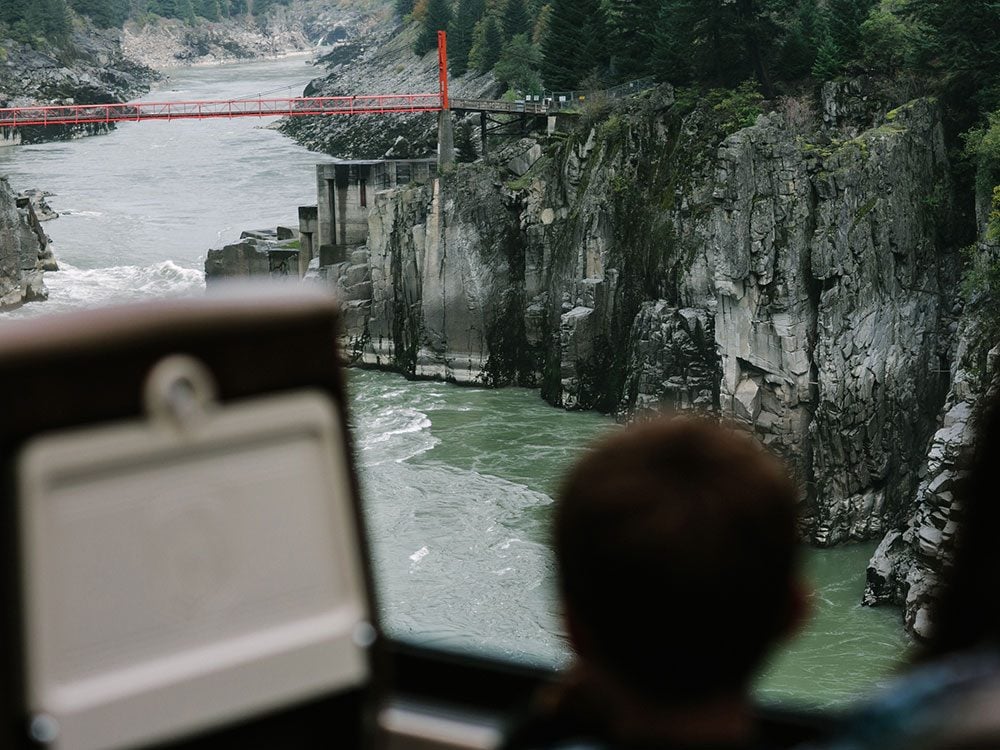
Hell’s Gate
Midway between Vancouver and Kamloops, Rocky Mountaineer follows the course of the Fraser River—one of the mightiest rivers in the west. At the southern end of the Fraser Canyon (milepost 7.0), however, the river abruptly narrows to a mere 35 metres, funneling the furiously flowing water (we’re talking twice the volume of Niagara Falls each minute) into seething rapids. It was the river’s namesake, legendary explorer Simon Fraser, who gave the passage its moniker by writing in 1808: “…Surely we have entered the gates of Hell.”
Check out 10 of Canada’s most beautiful waterfalls.
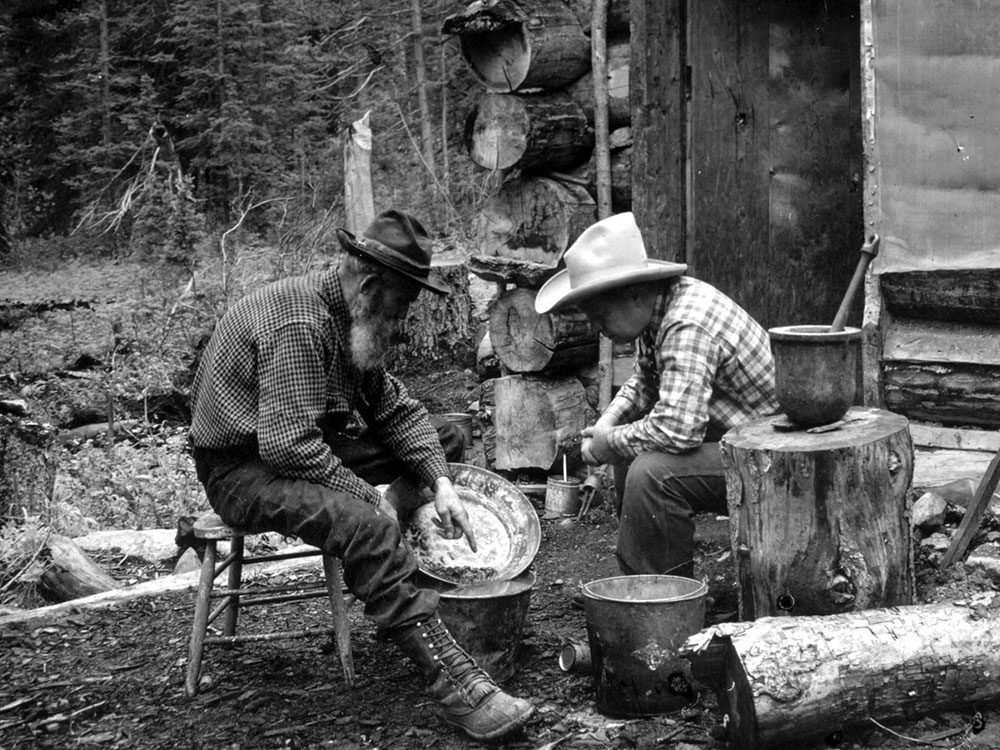
Gold Rush Towns
In the 19th century, Canada’s West—and British Columbia in particular—was a place of dreams; an irresistible lure for men and women dreaming of wealth in the form of tiny golden nuggets. While few actually made a lucky strike during the boom-and-bust days of the Wild West, the places they left behind are nothing short of compelling.
At the peak of gold fever, the appropriately-named town of Hope, B.C.,—visible along Rocky Mountaineer’s “First Passage to the West” and “Journey Through the Clouds” routes—swelled to a population of 400 almost overnight. For an even greater taste of what it was like during the days of the “Cariboo Gold Rush,” take a ride on Rocky Mountaineer’s three-day “Rainforest to Gold Rush” route. Venturing deep into the B.C. wilderness, you’ll spend the night in the former fur trading post of Quesnel, which drew prospectors from all over the world in the hopes of striking it rich. Although the gold hunters are long since gone, an enormous monument in their memory—purported to be the world’s largest gold pan—makes an irresistible photo opp.
Discover more quirky roadside attractions across Canada.
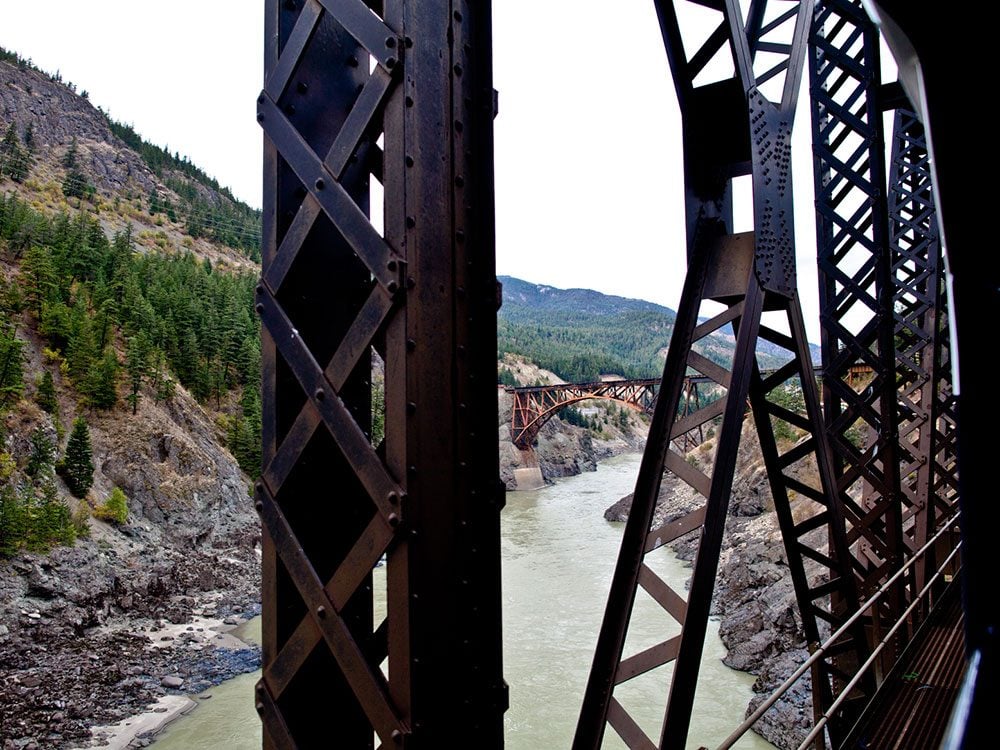
The Cisco Crossing
An iconic site for railway buffs and history enthusiasts alike, this spot on the Fraser River features not one, but two railway bridges—one built by Canadian Pacific, the other by Canadian National—in very close proximity. It’s here that the two competing rail lines actually swap sides of the Fraser Canyon (having arrived here first, Canadian Pacific claimed the land that was easier to build on), and has the distinction of being one of the few places in Canada (and the world) where you can capture a photograph of two trains crossing different bridges at the same time.
Next, check out 10 unique train rides across Canada.